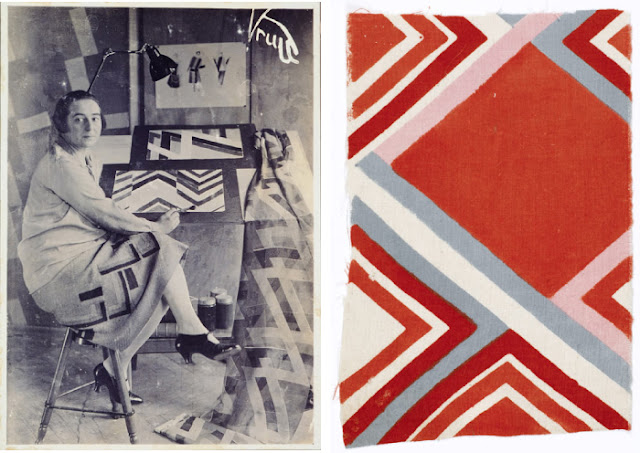Sonia
Delaunay
Russian
b. 1885 - 1979
for Belinda
ABOUT
An extraordinarily prolific and innovative artist, Sonia Terk Delaunay produced paintings; public murals; theatrical, graphic, fashion, and interior designs; and designs for playing cards, ceramics, mosaics, and stained glass during her long career. She was born Sarah Stern (nicknamed Sonia) in Ukraine, where her father was a factory worker. At five, Sonia went to live with a wealthy uncle in St. Petersburg and took his surname, Terk. Sonia Terk studied art in Karlsruhe, Germany, and also, beginning in 1905, in Paris, where she spent most of the rest of her life.
A young Sonia
In
1910 she married the French painter Robert Delaunay, with whom she had a son Charles . Both Delaunays are
associated with orphism (also called simultaneism), an offshoot of cubism that
they developed jointly in 1911. Like cubism, the Delaunays' approach to art is
abstract, yet based on the real world. Unlike the mainly monochrome cubist
works by Picasso and Braque, orphism consists of bright hues and bold,
repeating patterns, based in part on the Russian folk art Sonia Delaunay had
known as a young girl.
































